Home>Home Maintenance>How Would A Ventilation System Work In A Bomb Shelter
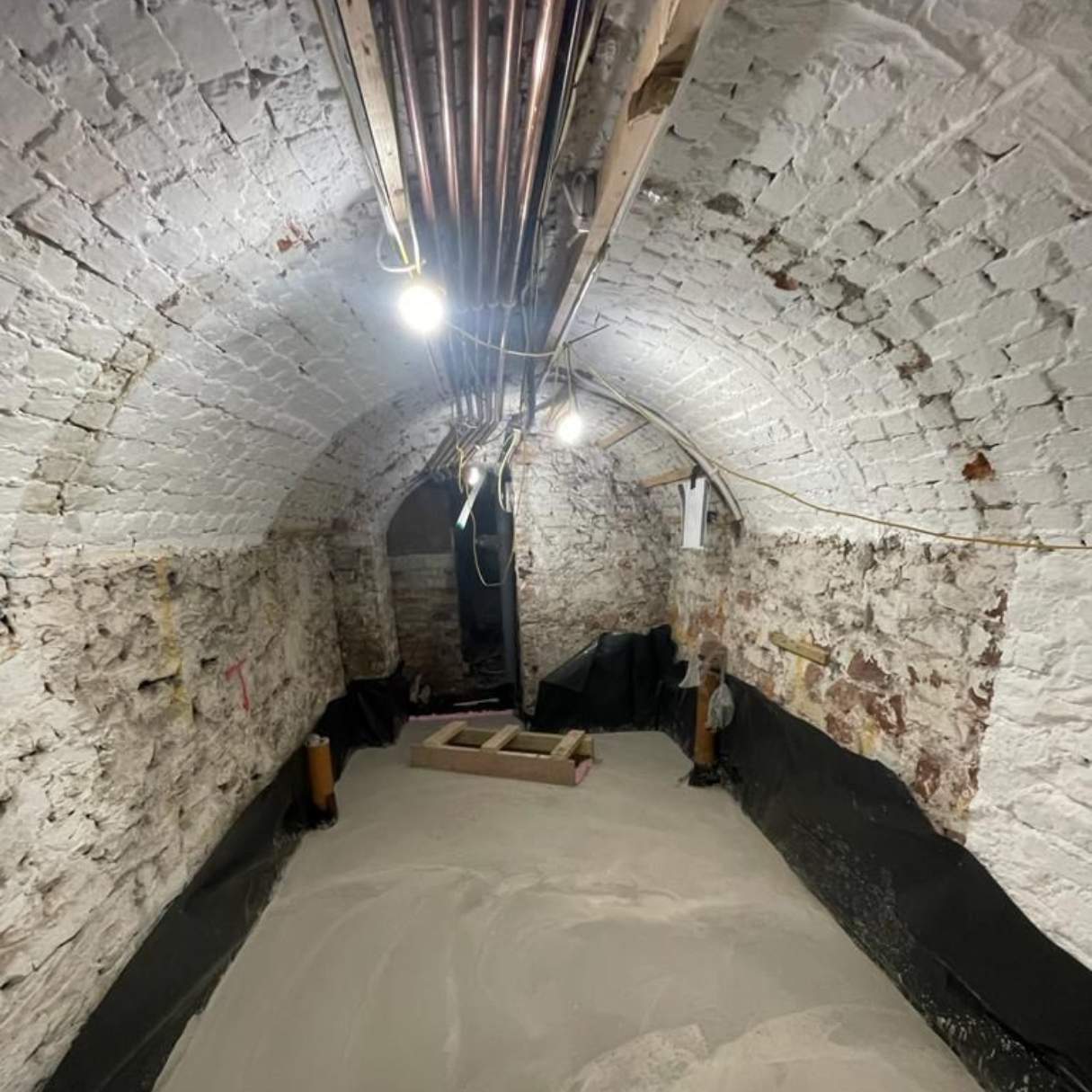

Home Maintenance
How Would A Ventilation System Work In A Bomb Shelter
Modified: October 19, 2024
Discover how a ventilation system can be effectively installed in your bomb shelter for optimal airflow and home-maintenance.
(Many of the links in this article redirect to a specific reviewed product. Your purchase of these products through affiliate links helps to generate commission for Storables.com, at no extra cost. Learn more)
Introduction
A bomb shelter is a secure structure designed to protect individuals from the dangers of explosions and other catastrophic events. When designing a bomb shelter, one essential feature to consider is ventilation. Proper ventilation is crucial for maintaining air quality, regulating temperature and humidity levels, and preventing the buildup of harmful gases.
In this article, we will explore the importance of ventilation in a bomb shelter and how it works to create a safe and comfortable environment. We will also discuss the different types of ventilation systems that can be used in bomb shelters, their components, and the maintenance and safety measures associated with them.
Whether you are building a new bomb shelter or looking to improve the ventilation system in an existing one, understanding how ventilation works and its significance is vital for the well-being and safety of those sheltered inside.
Key Takeaways:
- Proper ventilation in a bomb shelter is crucial for maintaining clean air, controlling temperature, and removing harmful gases, ensuring the safety and well-being of occupants.
- Regular maintenance and safety measures, such as filter replacement and emergency preparedness, are essential for keeping the ventilation system in a bomb shelter functioning effectively and ensuring the safety of those inside.
Read more: What Is A Seed Bomb
Understanding Ventilation Systems
A ventilation system is a network of components that work together to circulate air, remove pollutants, and control temperature and humidity levels in an enclosed space. In the context of a bomb shelter, a ventilation system is designed to provide fresh air, expel stale air, and maintain a healthy and comfortable environment for prolonged periods.
There are two main types of ventilation systems: natural ventilation and mechanical ventilation.
Natural ventilation relies on the principle of air movement caused by natural forces such as wind, temperature differences, and buoyancy. It involves the use of vents, windows, or other openings strategically placed to allow the flow of fresh air into the shelter and the expulsion of stale air out. While natural ventilation is a cost-effective option, it heavily relies on favorable weather conditions and may not always be sufficient for maintaining adequate air quality in a bomb shelter.
Mechanical ventilation, on the other hand, involves the use of mechanical devices such as fans, blowers, ductwork, and filters to actively circulate and purify the air. This type of ventilation system offers greater control and can ensure a consistent supply of clean air, regardless of external conditions. Mechanical ventilation systems can be further categorized into supply ventilation, exhaust ventilation, and balanced ventilation.
Supply ventilation systems bring fresh air into the shelter from an external source, typically using fans or blowers. This helps to maintain a positive pressure inside the shelter, preventing the infiltration of harmful gases and pollutants from the surroundings. The stale air is then expelled through exhaust vents or openings.
Exhaust ventilation systems, on the other hand, work by expelling the stale air from the shelter, creating a negative pressure inside. Fresh air is drawn into the shelter through supply vents or openings. This type of ventilation is suitable for bomb shelters located in areas with low air pollution levels and can effectively remove contaminants from the shelter.
Finally, balanced ventilation systems combine both supply and exhaust methods to achieve a balanced airflow. They ensure a constant supply of fresh air while expelling an equal amount of stale air, maintaining a neutral pressure within the shelter.
Understanding the different types of ventilation systems will help you determine which one best suits your bomb shelter’s needs and location. In the following sections, we will delve into the specific considerations for ventilation in a bomb shelter and how it plays a crucial role in safeguarding the occupants’ health and well-being.
Importance of Ventilation in a Bomb Shelter
Ventilation is of utmost importance in a bomb shelter for several key reasons. The primary purpose of ventilation is to ensure a constant supply of fresh air and create a safe and habitable environment for the occupants. Below are some key reasons highlighting the significance of ventilation in a bomb shelter:
Air Quality: In a sealed environment like a bomb shelter, the air can quickly become stagnant and contaminated. Without proper ventilation, carbon dioxide levels can rise, and oxygen levels can deplete, leading to drowsiness, fatigue, and impaired cognitive function. Ventilation systems help to remove stale air and pollutants and replace them with fresh, oxygen-rich air, promoting better air quality and ensuring the well-being of the sheltered individuals.
Temperature and Humidity Control: A bomb shelter needs to maintain a comfortable temperature and humidity level to prevent discomfort and health issues. Ventilation systems can help regulate the temperature and humidity by allowing the flow of air and preventing condensation. This helps to create a pleasant and livable environment, especially during long periods of stay.
Removal of Harmful Gases: It is crucial to eliminate any potentially harmful gases that may accumulate within a bomb shelter. For example, carbon monoxide (CO) is a toxic gas that can be produced by fuel-burning devices or from the combustion of building materials during a blast. Adequate ventilation can help to remove these gases, safeguarding the occupants’ health and preventing carbon monoxide poisoning.
Moisture Control: Moisture buildup can lead to mold and mildew growth, which can have detrimental effects on both the shelter’s structure and the health of the individuals inside. Proper ventilation prevents excessive moisture accumulation, ensuring a dry and mold-free environment.
Psychological Well-being: Being confined in a bomb shelter for an extended period can induce stress and anxiety. Good ventilation helps to create a sense of freshness and connection with the outside world, alleviating feelings of isolation and improving the occupants’ psychological well-being.
Overall, ventilation systems play a critical role in maintaining a safe, comfortable, and healthy environment within a bomb shelter. They help to address air quality, temperature, humidity, gas removal, moisture control, and psychological well-being. The next section will delve into the specific factors to consider when planning ventilation for a bomb shelter.
Factors to Consider for Ventilation in a Bomb Shelter
When designing or choosing a ventilation system for a bomb shelter, several factors need to be taken into consideration to ensure its effectiveness and suitability for the specific shelter. These factors include:
Airflow Requirements: Determining the required airflow is essential in determining the size and capacity of the ventilation system. This is influenced by the number of occupants, the duration of their stay, and the intended use of the shelter. It is crucial to calculate the minimum airflow needed to maintain proper air quality and prevent the buildup of harmful gases.
Filtration: Incorporating air filters in the ventilation system is crucial for removing airborne contaminants and particulate matter. High-efficiency particulate air (HEPA) filters are recommended for bomb shelters as they can capture even the smallest particles, including radioactive material, chemicals, and biological agents.
Noise Level: The noise generated by the ventilation system can have a significant impact on the overall comfort and functionality of the bomb shelter. Consideration should be given to selecting a system that operates quietly to minimize disturbances, especially during periods of rest or sleep.
Power Source: In the event of a power outage, it is crucial to have a backup power source to ensure the continuous operation of the ventilation system. This can involve utilizing a generator or incorporating a battery backup system to maintain airflow and air quality until power is restored.
Control and Monitoring: Having the ability to control and monitor the ventilation system is important for ensuring its proper function. This can include features such as adjustable fan speeds, temperature and humidity sensors, and remote monitoring capabilities for real-time monitoring and adjustments.
Emergency Preparedness: Planning for emergency scenarios is essential when designing a ventilation system for a bomb shelter. This may involve incorporating gas detection sensors to alert occupants of high levels of toxic gases, as well as designing the ventilation system in a way that allows for quick sealing of vents in case of a chemical or biological attack.
Maintenance and Accessibility: Regular maintenance is crucial for the optimal functioning of the ventilation system. Consideration should be given to easy accessibility and maintenance of the system’s components, such as filters, fans, and ductwork.
By taking these factors into account, you can choose or design a ventilation system that meets the specific requirements of your bomb shelter, ensuring the well-being and safety of its occupants. In the next section, we will explore the different types of ventilation systems commonly used in bomb shelters.
Types of Ventilation Systems for Bomb Shelters
When it comes to the ventilation systems used in bomb shelters, there are several options available, each with its own advantages and considerations. The choice of ventilation system depends on factors such as the shelter’s size, location, budget, and specific requirements. Below, we will explore three commonly used types of ventilation systems for bomb shelters:
Natural Ventilation: Natural ventilation relies on passive airflow to exchange indoor and outdoor air. This can be achieved through strategically placed vents, windows, or openings. In a bomb shelter, natural ventilation can be beneficial due to its simplicity, cost-effectiveness, and reliability. However, its effectiveness heavily relies on favorable weather conditions, such as wind that can drive the airflow. It may not be sufficient for maintaining adequate air quality during periods of extended stay or in locations with poor air quality.
Mechanical Ventilation: Mechanical ventilation involves the use of devices such as fans, blowers, and ductwork to actively circulate air. It offers greater control and versatility compared to natural ventilation. There are different types of mechanical ventilation systems that can be used in bomb shelters:
- Supply Ventilation: This type of system introduces fresh air into the shelter from an external source. Fans or blowers are used to bring in clean air, which displaces the stale air and is expelled through exhaust vents or openings. Supply ventilation helps maintain a positive pressure inside the shelter, preventing the infiltration of contaminants from the surroundings.
- Exhaust Ventilation: In an exhaust ventilation system, stale air is actively removed from the shelter, creating a negative pressure. This negative pressure draws in fresh air through supply vents or openings. The expelled air is usually vented to the outside. Exhaust ventilation is effective in removing contaminants from the shelter but requires careful consideration of air pollution levels in the surrounding environment.
- Balanced Ventilation: Balanced ventilation combines both supply and exhaust methods to achieve a balanced airflow. It ensures a constant supply of fresh air while expelling an equal amount of stale air, maintaining a neutral pressure within the shelter. This type of ventilation system provides better control over air quality and ensures the consistent circulation of clean air.
When choosing a mechanical ventilation system, it is important to consider factors such as power requirements, noise levels, filtration capabilities, and backup power options. Proper sizing and installation of the system are also crucial for optimal performance.
Combined Ventilation Systems: In some cases, bomb shelters may employ a combination of natural and mechanical ventilation systems. This allows for greater flexibility and redundancy in case one system becomes compromised or fails. For example, natural ventilation can serve as a backup or supplementary option to a primary mechanical ventilation system.
Ultimately, the type of ventilation system chosen will depend on the specific needs and requirements of the bomb shelter. Consulting with ventilation experts and considering the shelter’s location, size, and intended use will help determine the most suitable option. In the next section, we will delve into how a ventilation system works in a bomb shelter to create a safe and comfortable environment for the occupants.
A ventilation system in a bomb shelter would work by bringing in fresh air from outside and removing stale air from inside. This helps to maintain air quality and prevent the buildup of dangerous gases.
Read more: How Does A Ductless Range Hood Work?
How a Ventilation System Works in a Bomb Shelter
A ventilation system in a bomb shelter is designed to ensure the supply of fresh air, removal of stale air, and maintenance of a healthy and comfortable environment for the occupants. Understanding how a ventilation system works can help us appreciate its role in creating a safe and habitable shelter. Here is a step-by-step breakdown of how a ventilation system operates:
- Air Intake: The ventilation system starts by drawing in fresh air from an external source. This can be achieved through intake vents or ductwork connected to the outside. The intake point is usually located in a relatively safe area, away from potential pollutants or contaminants.
- Air Filtration: Once the fresh air enters the ventilation system, it passes through filters to remove any particulate matter, dust, or pollutants. High-efficiency particulate air (HEPA) filters are commonly used, capable of capturing even the smallest particles, including harmful gases and biological agents.
- Air Distribution: After filtration, the clean air is distributed throughout the bomb shelter using fans or blowers. Ductwork and vents are strategically positioned to ensure even airflow and proper distribution to all areas of the shelter. This helps to maintain consistent air quality and temperature.
- Stale Air Extraction: As fresh air is introduced, the stale air needs to be removed from the shelter. Exhaust vents or openings allow the expulsion of stale air to the outside. In mechanical ventilation systems, fans or blowers actively draw out the stale air, creating a negative pressure inside the shelter.
- Air Exchange: The combination of fresh air intake and stale air extraction creates an air exchange within the shelter. This continuous airflow helps maintain adequate oxygen levels, remove toxins, control humidity, and prevent the buildup of harmful gases.
- Monitoring and Control: Some ventilation systems include sensors and controls to monitor and adjust the airflow, temperature, and humidity levels. This allows for optimal performance and the ability to respond to changes in conditions or specific needs. Remote monitoring capabilities may also be incorporated to enable real-time monitoring and adjustments from outside the shelter.
- Backup Power: To ensure continuous operation, especially during power outages, it is crucial to have a backup power source for the ventilation system. This can involve the use of generators or battery backup systems to maintain airflow and air quality until the main power is restored.
Overall, a ventilation system in a bomb shelter works by drawing in fresh air, filtering it, distributing it throughout the shelter, extracting stale air, and maintaining a constant airflow. This process ensures the provision of clean air, removal of contaminants, control of temperature and humidity, and the overall well-being of the sheltered individuals.
In the next section, we will explore the components that make up a ventilation system for bomb shelters, highlighting their roles and importance in maintaining a functioning and efficient system.
Components of a Ventilation System for Bomb Shelters
A ventilation system in a bomb shelter comprises various components that work together to ensure proper airflow, air filtration, and maintenance of a safe and comfortable environment. Understanding these components can help in designing, maintaining, and troubleshooting the ventilation system. Here are the key components of a ventilation system for bomb shelters:
- Air Intake: The air intake is where fresh air enters the ventilation system. It can be in the form of vents, ductwork, or openings strategically positioned in a safe area away from potential pollutants or contaminants.
- Filters: Filters play a crucial role in removing particulate matter, dust, and contaminants from the incoming air. High-efficiency particulate air (HEPA) filters are commonly used due to their capability to capture even the smallest particles, including harmful gases and biological agents. Regular maintenance and replacement of filters are essential to ensure their effectiveness.
- Fans or Blowers: Fans or blowers are responsible for the movement of air within the ventilation system. They generate the necessary airflow to distribute fresh air throughout the shelter and extract stale air. These components should be selected based on the required airflow, noise levels, and energy efficiency.
- Ductwork: Ductwork is a network of channels that carries the air from the intake to the various areas of the bomb shelter. It ensures proper distribution of fresh air and extraction of stale air. Well-designed and insulated ductwork helps maintain consistent airflow and prevents leakage or condensation issues.
- Vents and Grilles: Vents and grilles are openings through which air enters or exits the bomb shelter. They are strategically positioned to facilitate proper airflow and distribution. Adjustable vents or grilles allow for manual control of the airflow and direction.
- Controls and Sensors: Controls and sensors enable monitoring and adjustment of the ventilation system. They can include temperature and humidity sensors, airflow controls, and timers. These components help maintain the desired conditions and can be integrated with an automated system for efficient operation.
- Backup Power System: Having a backup power system is crucial for the continuous operation of the ventilation system during power outages. This can involve the use of generators or battery backups to ensure that the ventilation system functions even when the main power supply is disrupted.
- Monitoring and Control Panel: A monitoring and control panel allows for centralized control and monitoring of the ventilation system. It provides real-time information on airflow, temperature, humidity, and other relevant parameters. This helps in identifying any issues, making adjustments, and ensuring optimal performance.
Each of these components has a specific role, and their proper functioning is essential for the overall effectiveness of the ventilation system. Regular maintenance, inspections, and proper handling of these components ensure the longevity and reliability of the system.
Now that we have explored the components of a ventilation system, let’s move on to the maintenance and safety measures that should be taken to ensure the proper functioning of the system and the safety of the sheltered individuals.
Maintenance and Safety Measures for Ventilation Systems in Bomb Shelters
Maintaining a properly functioning ventilation system is crucial for the effectiveness and safety of a bomb shelter. Regular maintenance and adherence to safety measures are essential to ensure the continuous supply of fresh air, removal of contaminants, and optimal operation of the system. Here are some important maintenance and safety measures for ventilation systems in bomb shelters:
- Regular Filter Replacement: Filters play a vital role in removing airborne particles and contaminants. Regularly inspect and replace filters as recommended by the manufacturer to ensure their effectiveness. This helps maintain air quality and prevents clogging that could strain the ventilation system.
- Duct Cleaning and Insulation: Periodically inspect and clean the ductwork to remove any debris or buildup that may impede airflow. Additionally, insulate the ducts properly to prevent condensation and energy loss. Well-maintained ductwork ensures optimal airflow and temperature control throughout the shelter.
- Fan and Blower Maintenance: Regularly check fans or blowers for any signs of wear or damage. Clean and lubricate them as recommended by the manufacturer to maintain their efficiency and performance. Properly functioning fans and blowers ensure adequate airflow within the shelter.
- Regular System Inspection: Conduct routine inspections of the entire ventilation system, including vents, grilles, sensors, and controls. Look for any signs of damage, blockages, or malfunction, and address them promptly. Regular inspections help identify and resolve issues before they escalate and impact the functionality of the system.
- Backup Power System Maintenance: If your ventilation system relies on a backup power system, regularly test and maintain it to ensure it functions during power outages. Replace batteries as necessary and keep backup power sources in good working condition to ensure continuous operation of the ventilation system when it is needed most.
- Monitoring and Alarm Systems: Install and regularly test gas detection sensors within the bomb shelter to alert occupants of any high levels of toxic gases. Integrate monitoring systems to track airflow, temperature, and humidity levels. Regularly check the accuracy and functionality of sensors and alarms.
- Emergency Preparedness: Have a contingency plan in place for emergency scenarios. Ensure shelter occupants are familiar with the ventilation system and emergency protocols. Consider including a manual override or quick-seal feature to quickly close off vents in the event of a chemical or biological attack.
- Occupant Education: Educate shelter occupants on the importance of ventilation and proper use of the system. Inform them about the location and function of vents, grilles, and controls. Teach them how to recognize warning signs of ventilation system malfunctions or air quality issues.
By following these maintenance and safety measures, you not only ensure the proper functionality of the ventilation system but also prioritize the safety and well-being of the individuals within the bomb shelter.
As a final note, regular consultation with ventilation experts and compliance with local building codes and regulations related to bomb shelters and ventilation systems are also crucial for the effective operation and safety of the system.
With an understanding of ventilation system maintenance and safety measures, we have covered a comprehensive overview of the topic. By implementing these practices, you can maintain a functional and reliable ventilation system in your bomb shelter.
Conclusion
In the construction and design of a bomb shelter, ventilation is a critical component that should not be overlooked. Adequate ventilation ensures the supply of fresh air, removal of stale air, and maintenance of a healthy and habitable environment for the sheltered individuals. By understanding the importance of ventilation and the various types of ventilation systems available, you can make informed decisions in selecting the most suitable system for your specific requirements.
Whether you choose natural ventilation or opt for a mechanical ventilation system, careful consideration should be given to factors such as air quality, temperature control, removal of harmful gases, moisture control, and psychological well-being. Additionally, the maintenance and safety measures outlined in this article are essential for the proper functioning and longevity of the ventilation system.
Regular maintenance, including filter replacement, duct cleaning, and fan maintenance, will help ensure the system operates efficiently. Monitoring and testing the ventilation system with gas detection sensors and alarms contribute to the safety of the occupants. It is crucial to have a backup power system in place to ensure continuous operation during power outages.
By implementing sound ventilation practices and adhering to safety measures, you can maintain a comfortable, healthy, and safe environment within your bomb shelter. Remember to stay informed about local building codes and regulations related to bomb shelters and ventilation systems to ensure compliance and optimal performance.
In conclusion, a well-designed and properly maintained ventilation system is paramount for a functional and reliable bomb shelter. It contributes to the well-being, comfort, and safety of the individuals seeking refuge in such a space. Plan wisely, seek expert advice when needed, and prioritize the installation and maintenance of a robust ventilation system to ensure the best conditions within your bomb shelter.
Frequently Asked Questions about How Would A Ventilation System Work In A Bomb Shelter
Was this page helpful?
At Storables.com, we guarantee accurate and reliable information. Our content, validated by Expert Board Contributors, is crafted following stringent Editorial Policies. We're committed to providing you with well-researched, expert-backed insights for all your informational needs.
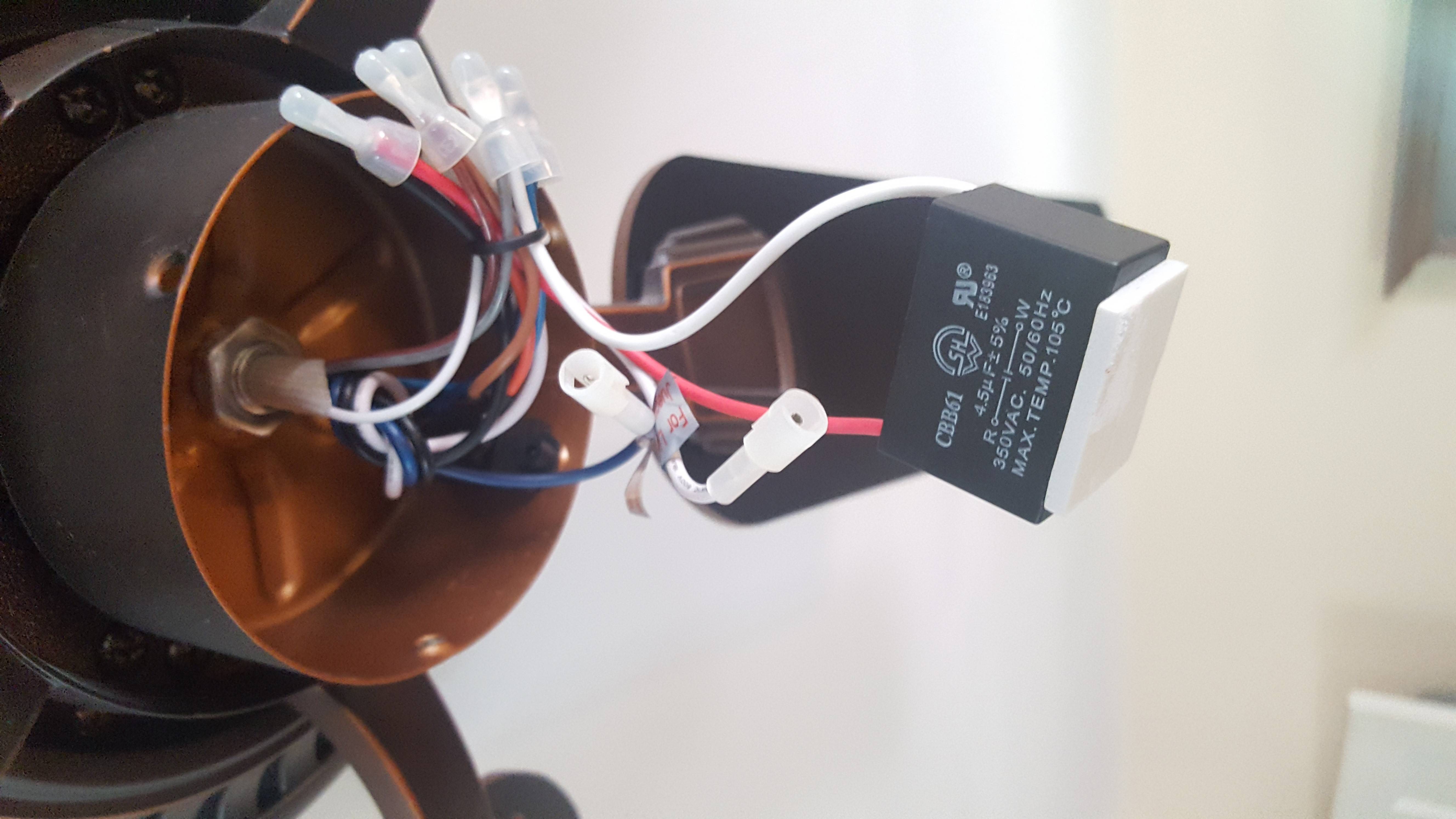


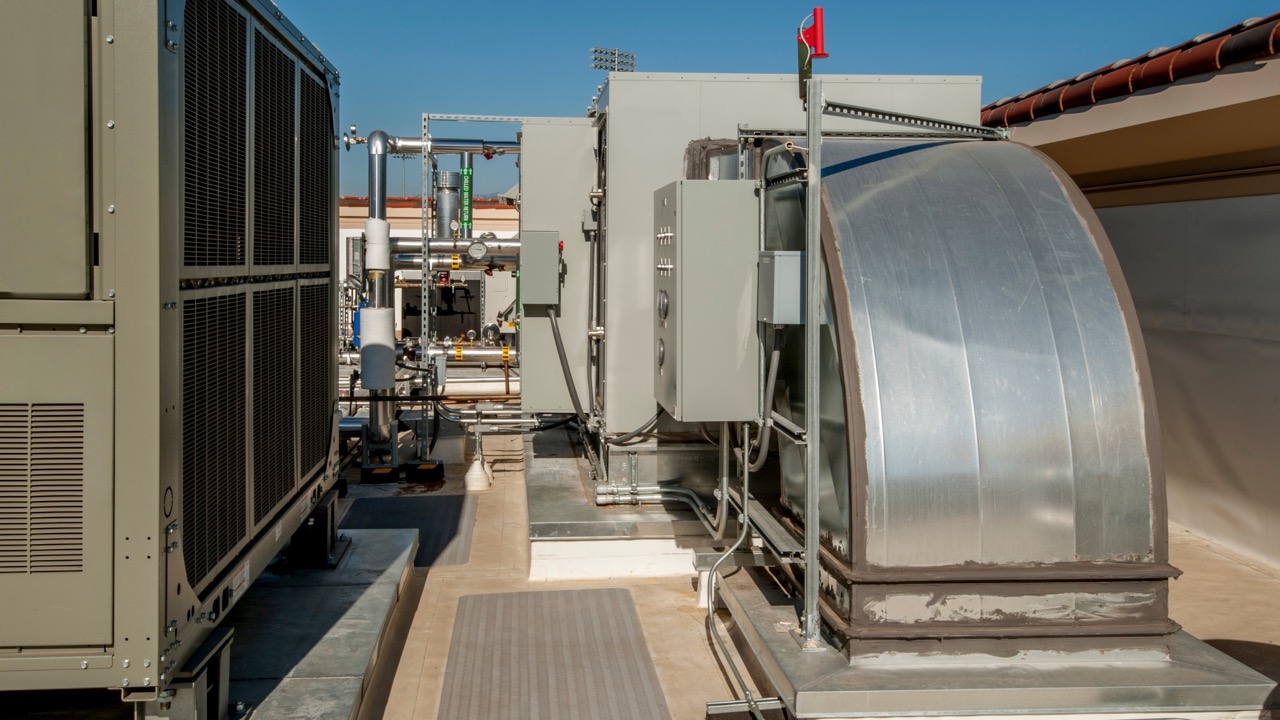
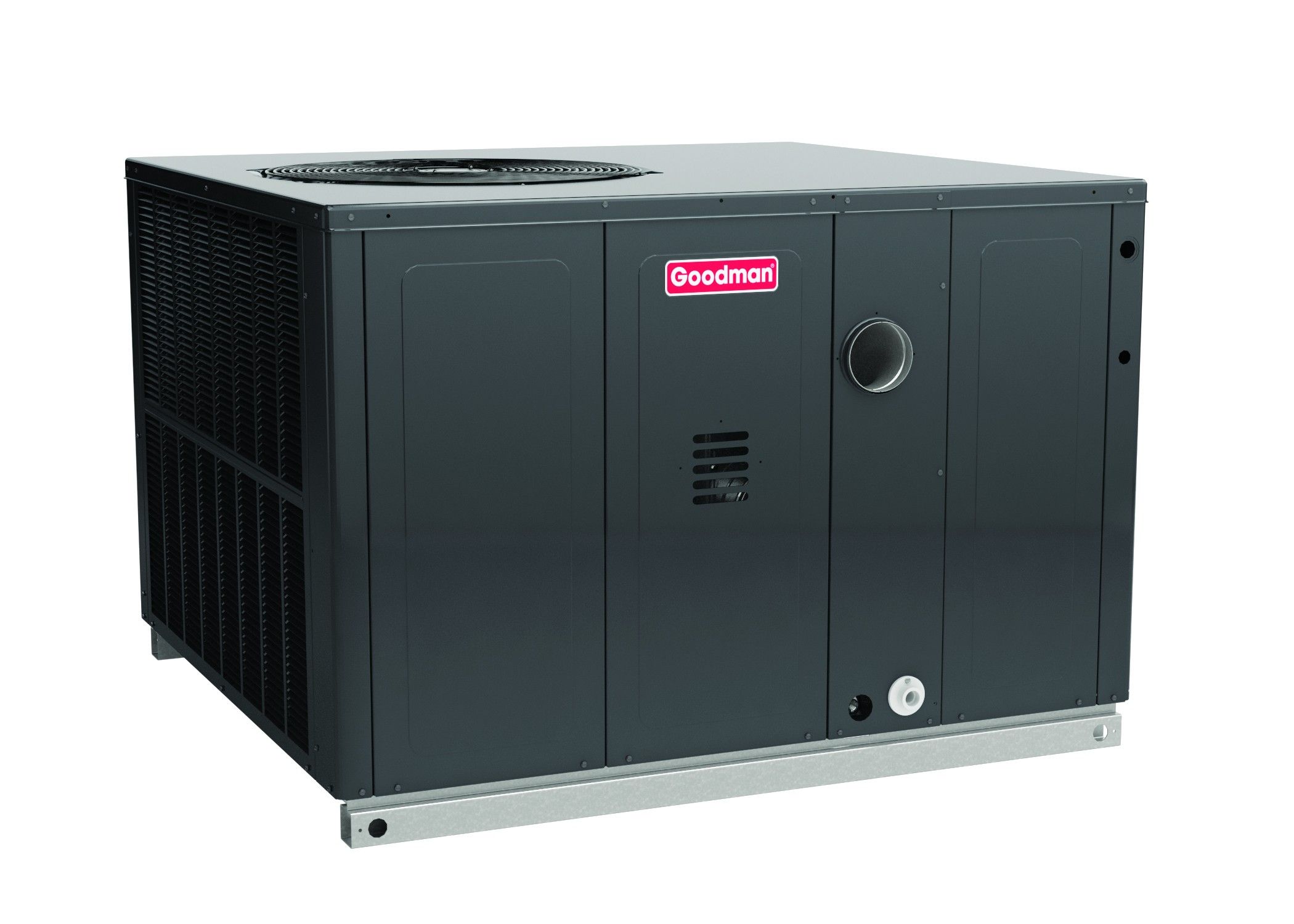
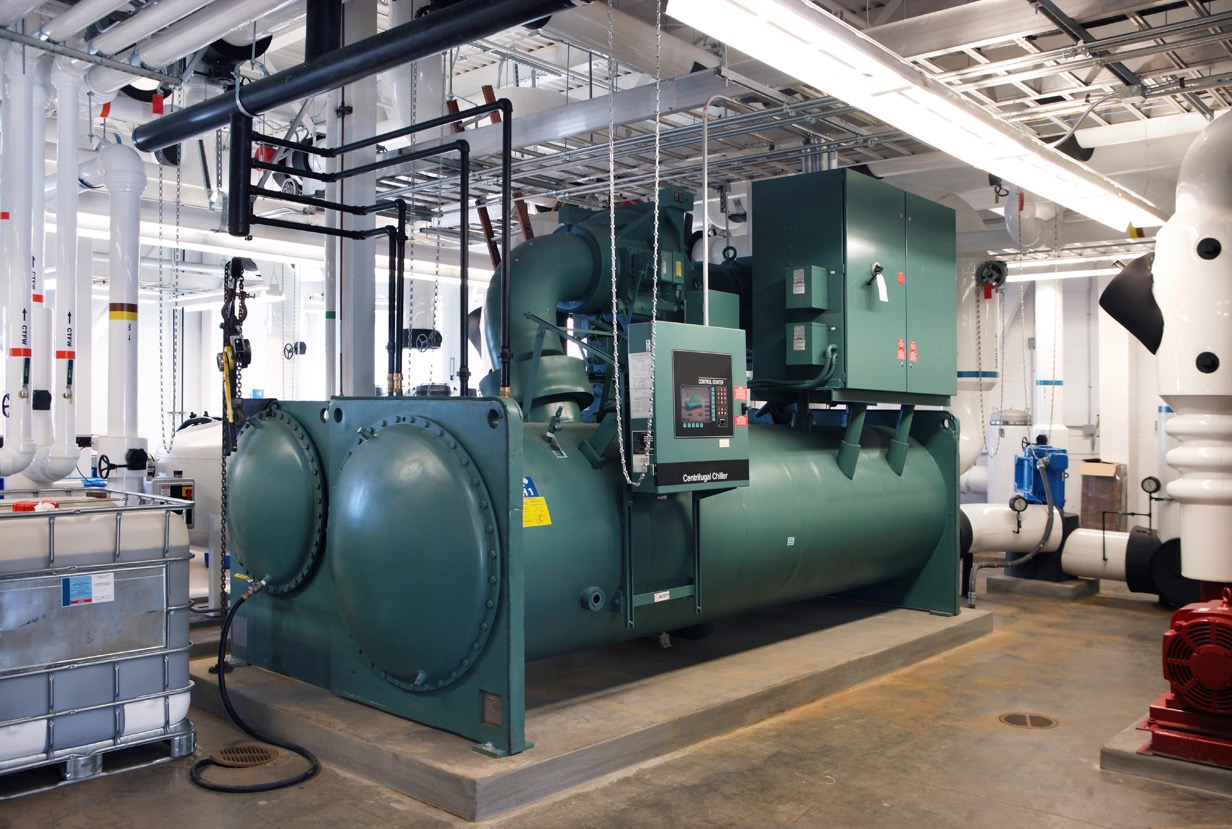
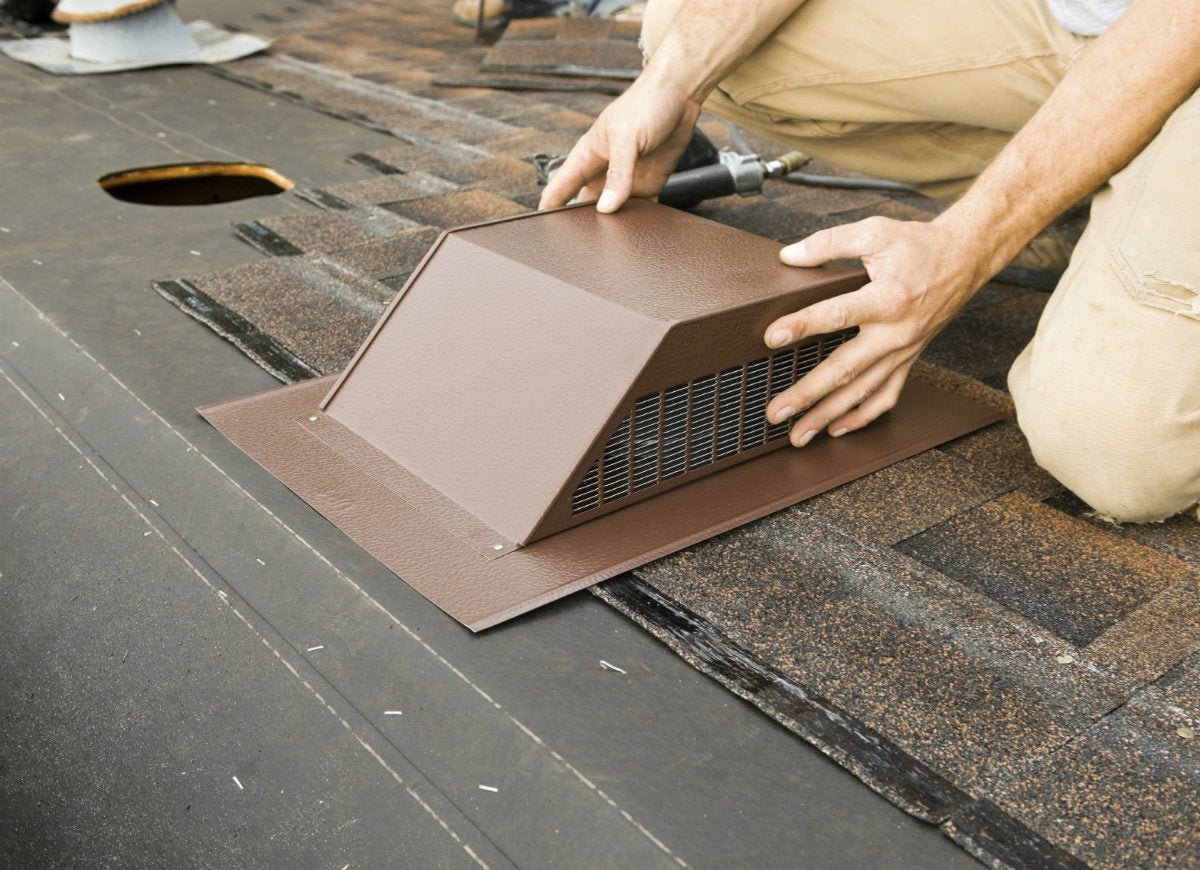
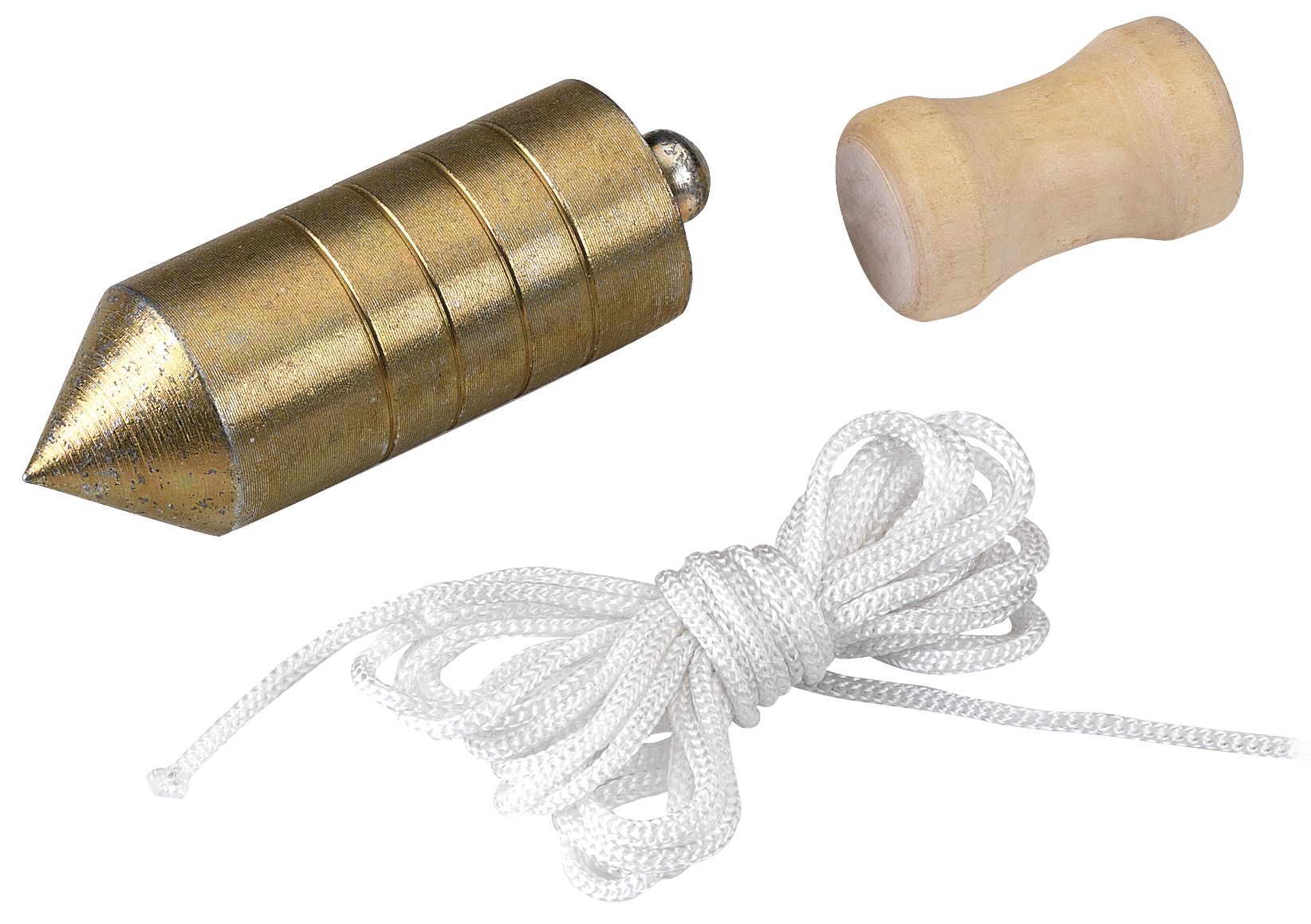
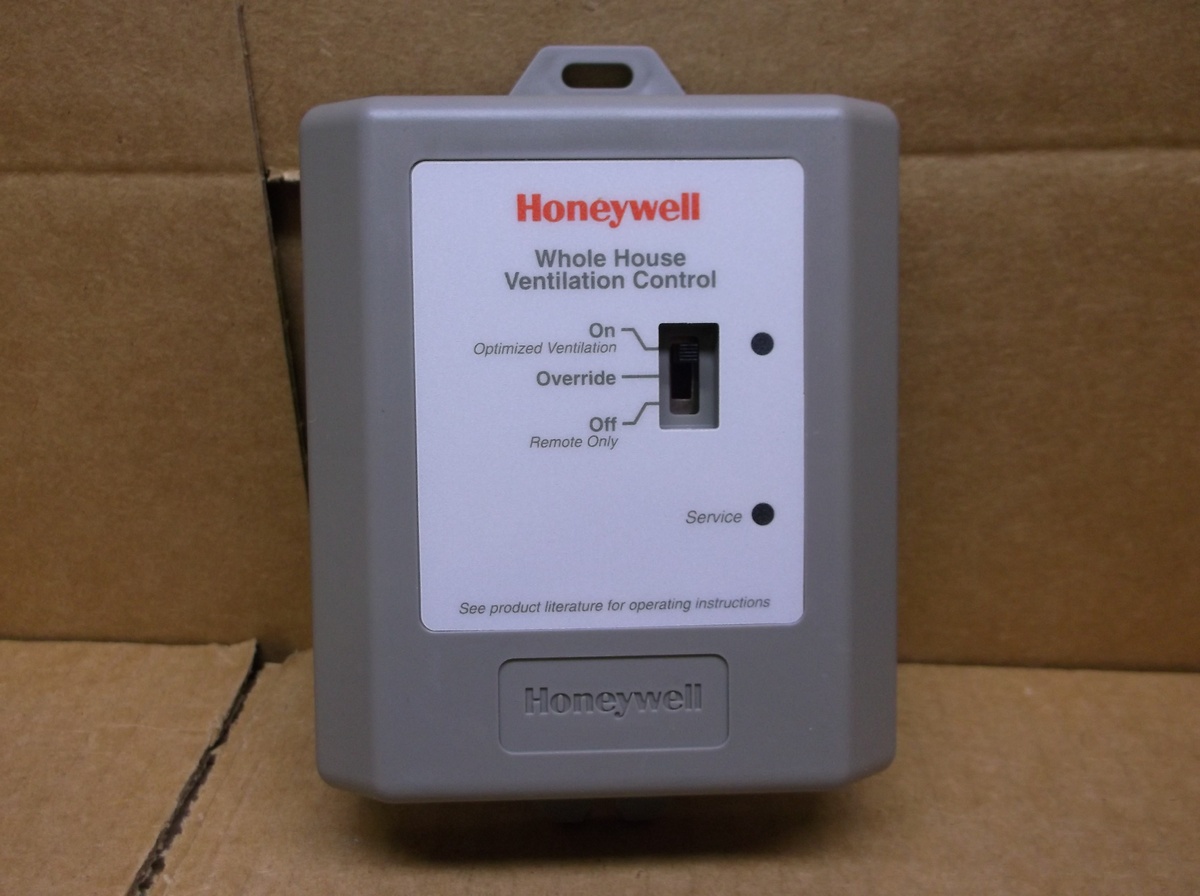
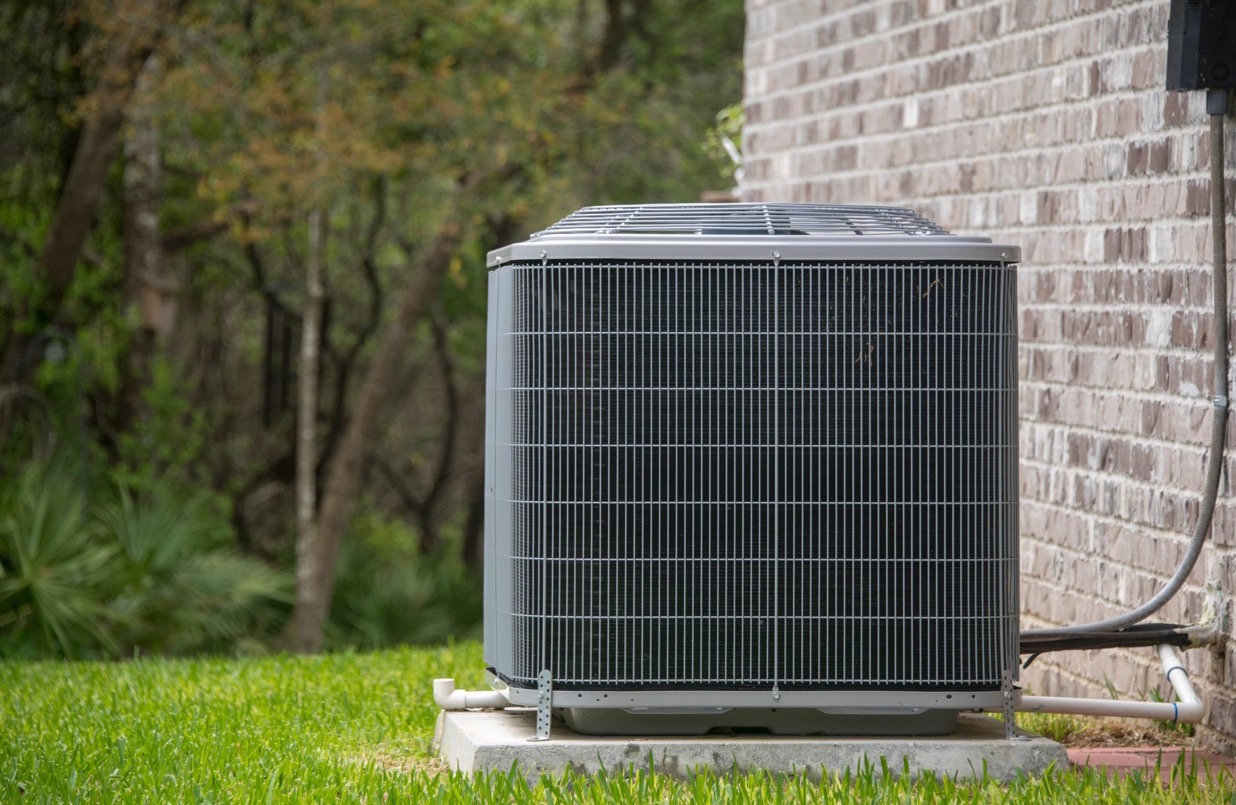
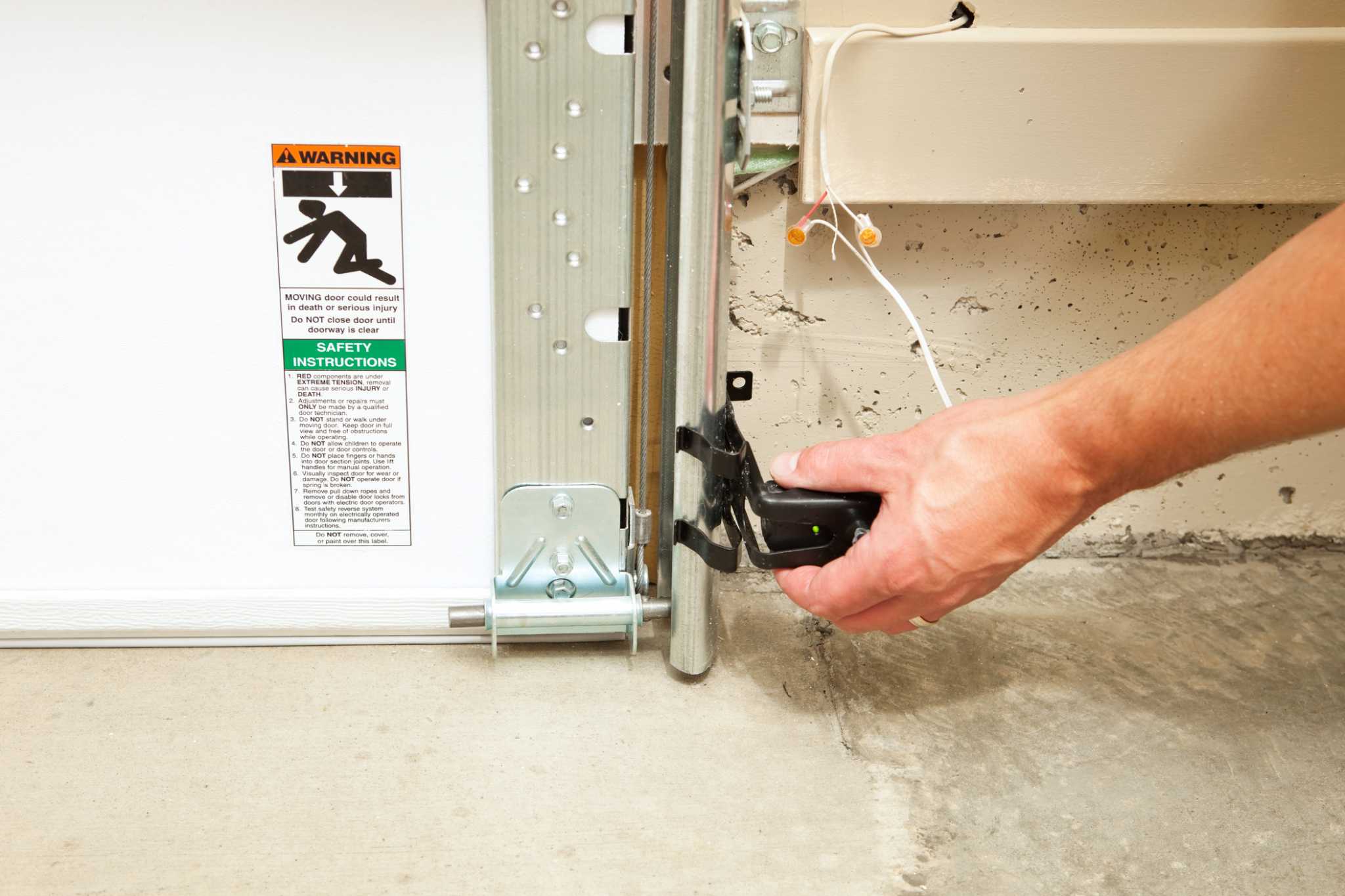


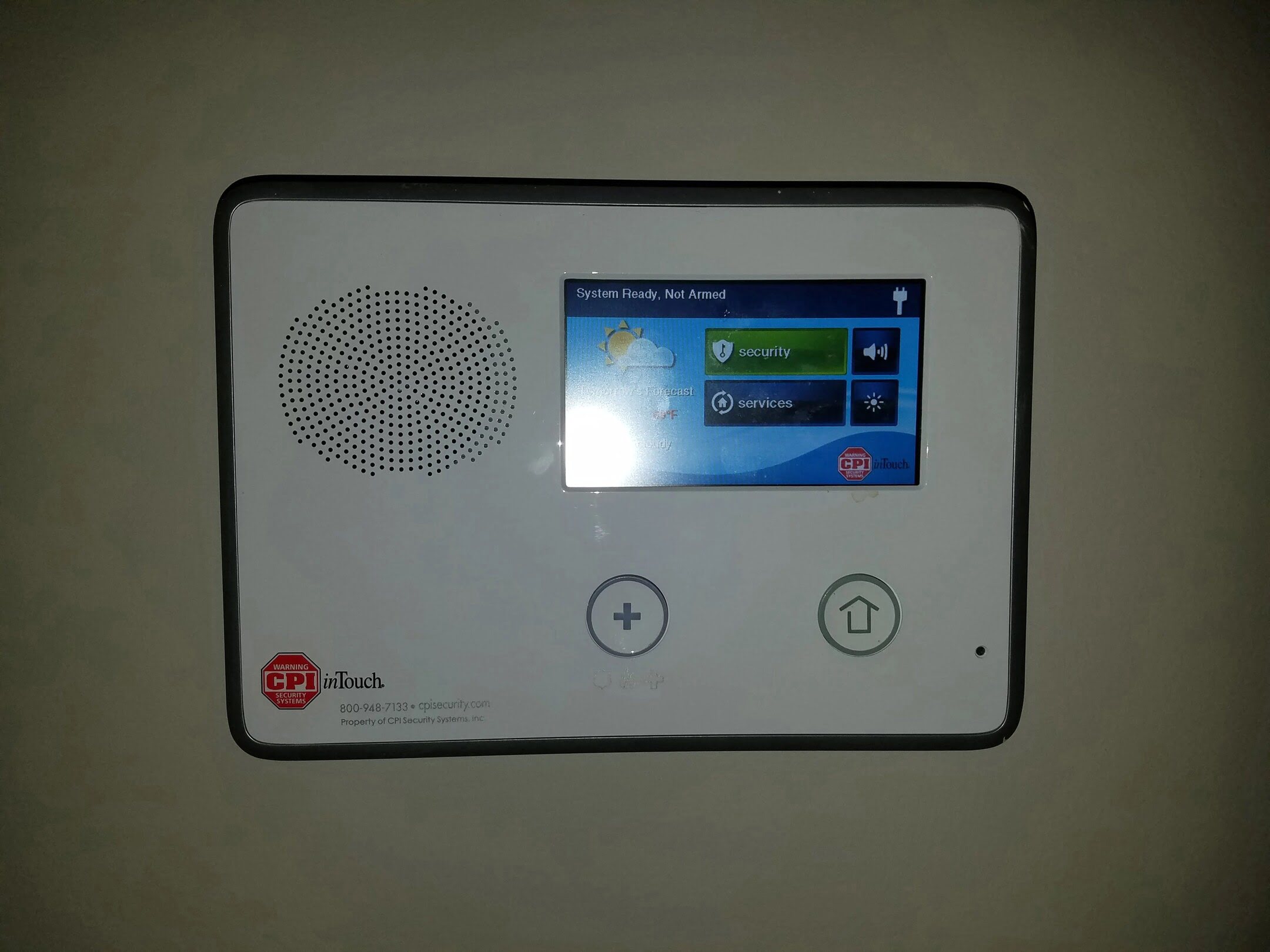

0 thoughts on “How Would A Ventilation System Work In A Bomb Shelter”